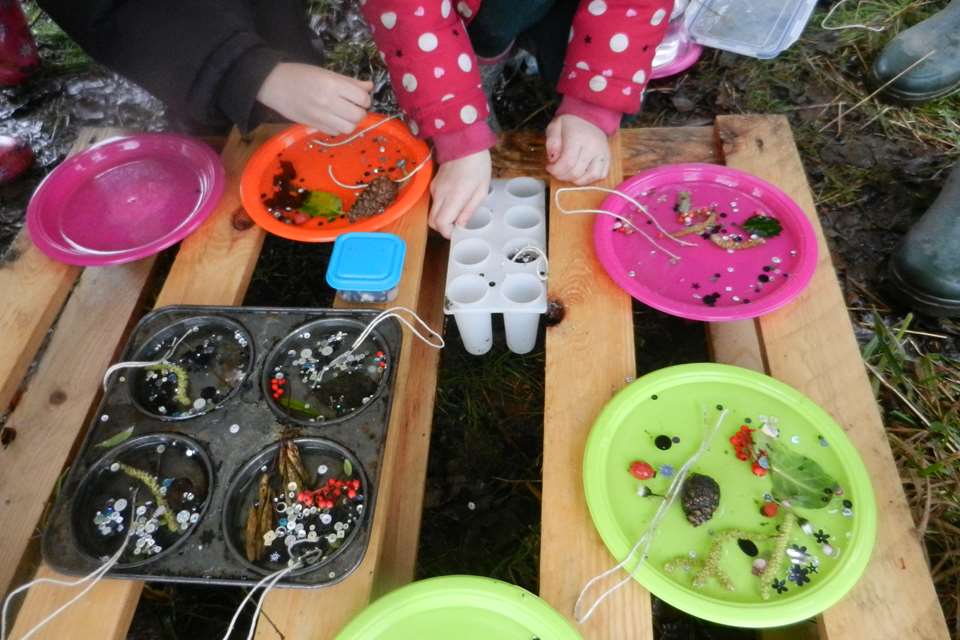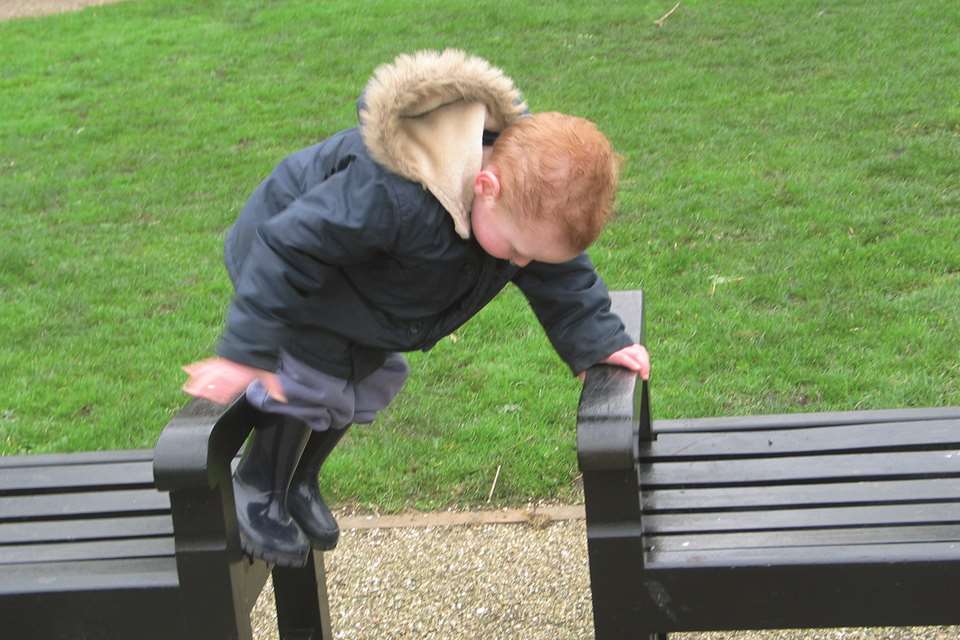Your outdoor calendar: May 2022
Julie Mountain
Thursday, April 28, 2022
Spring has sprung! The natural world is overflowing with joy, so make the most of the bounty on your doorstep, says Julie Mountain

Register now to continue reading
Thank you for visiting Nursery World and making use of our archive of more than 35,000 expert features, subject guides, case studies and policy updates. Why not register today and enjoy the following great benefits:
- Free access to 4 subscriber-only articles per month
- Unlimited access to news and opinion
- Email newsletter providing activity ideas, best practice and breaking news








